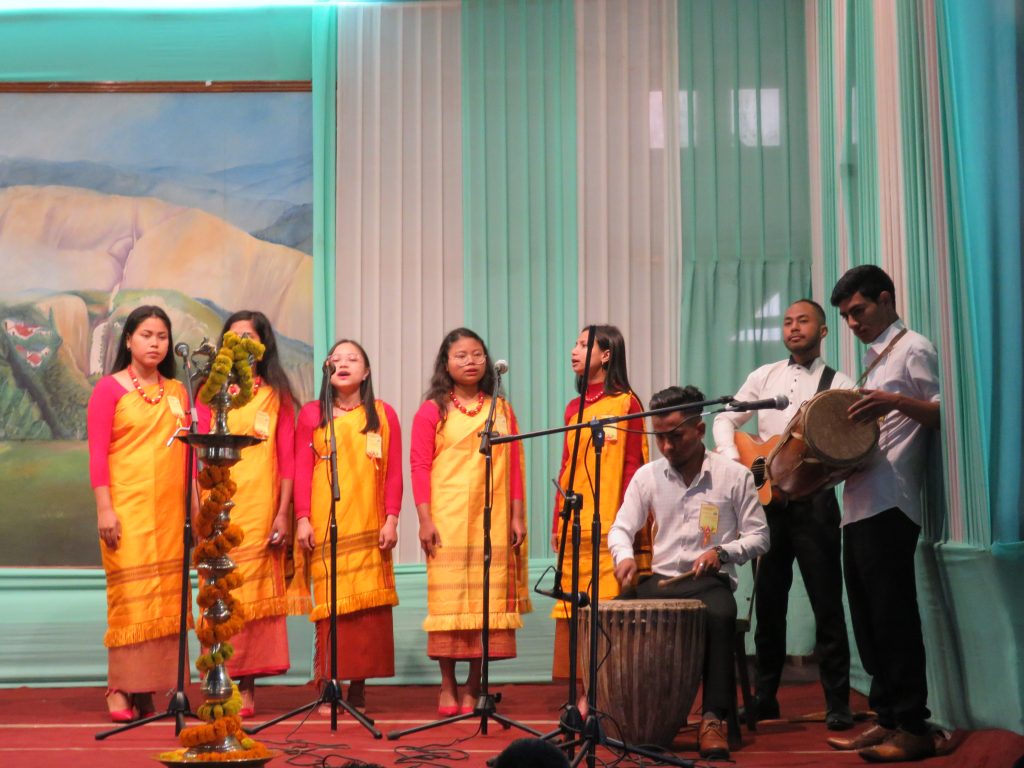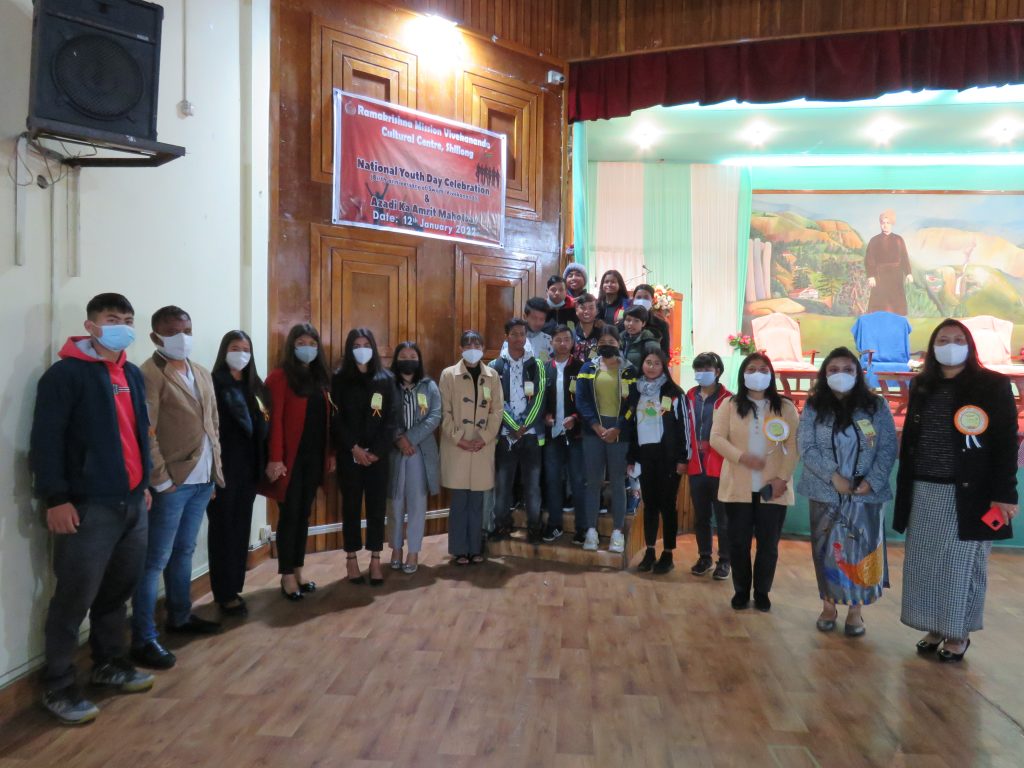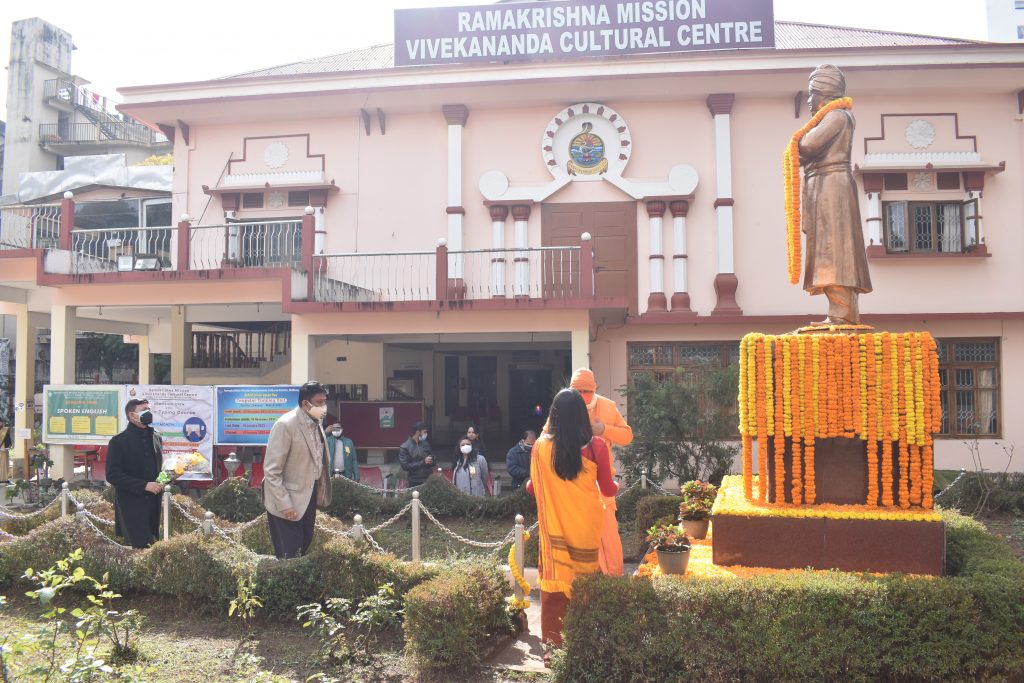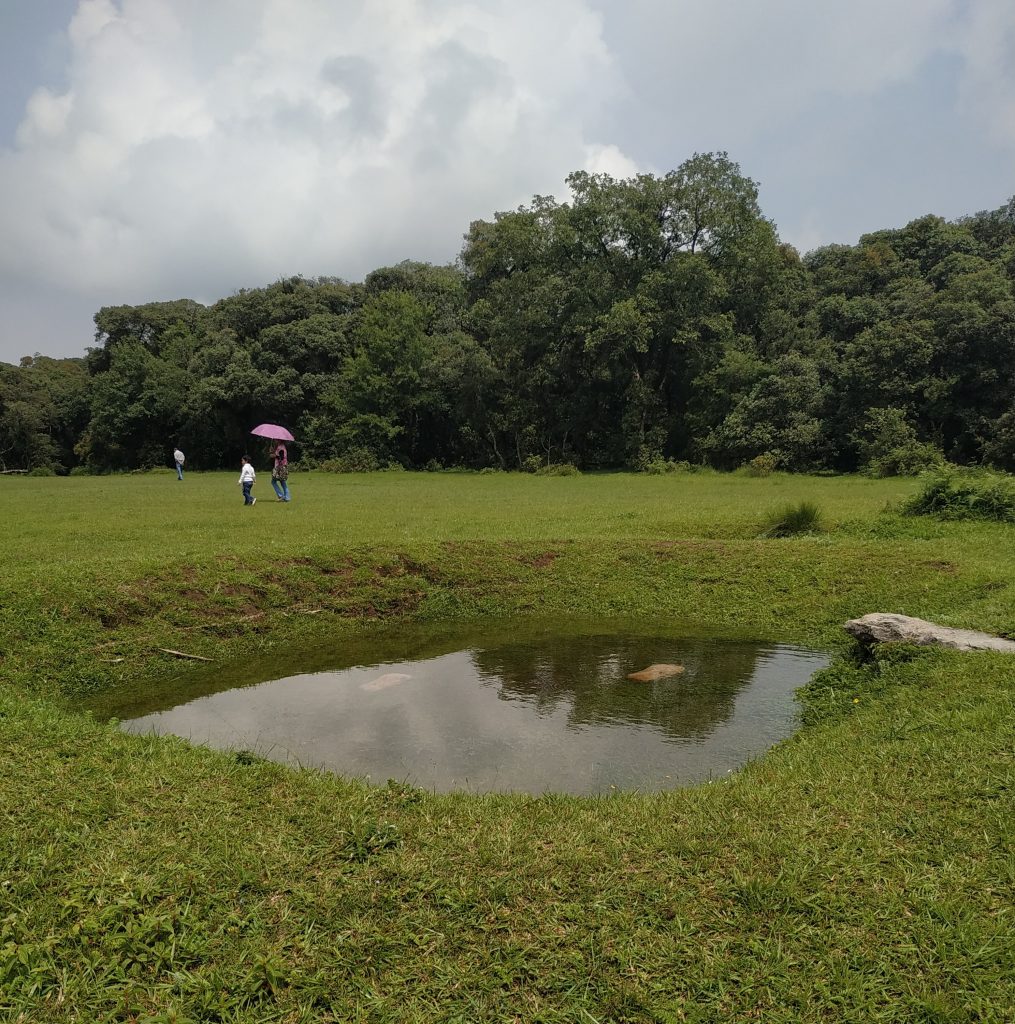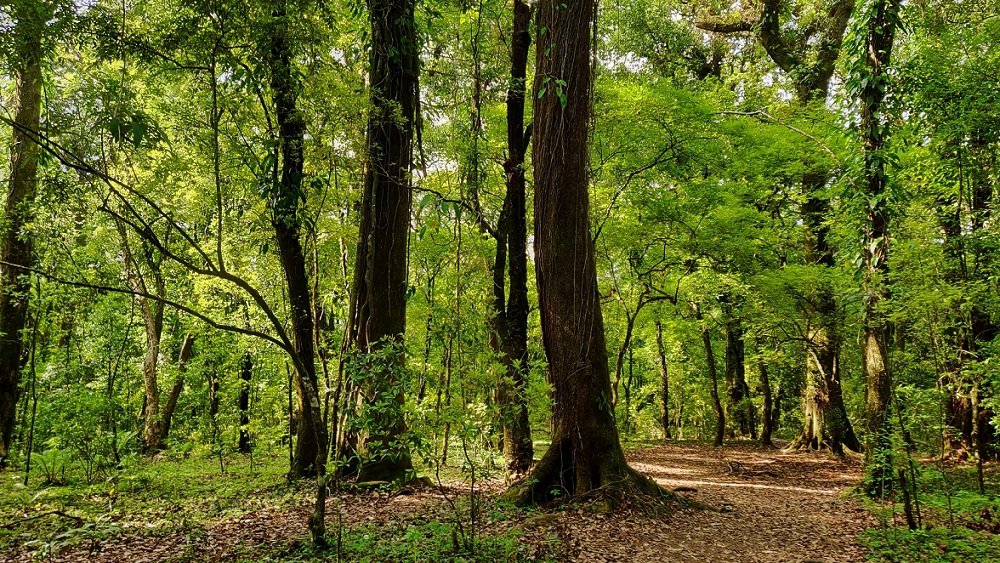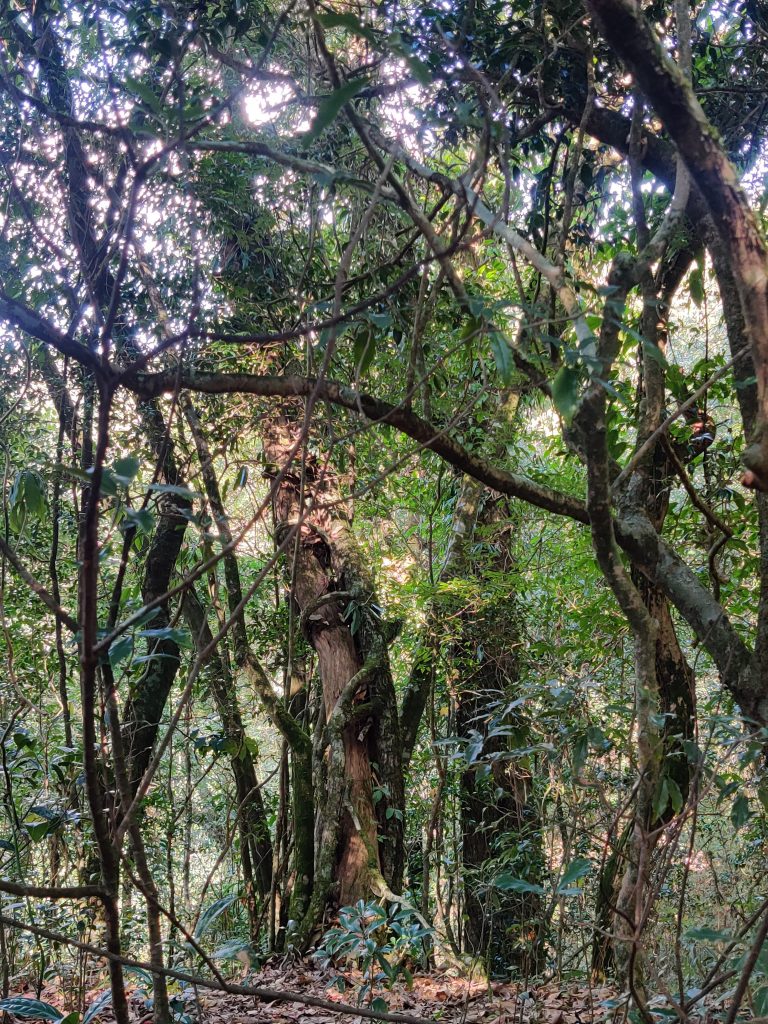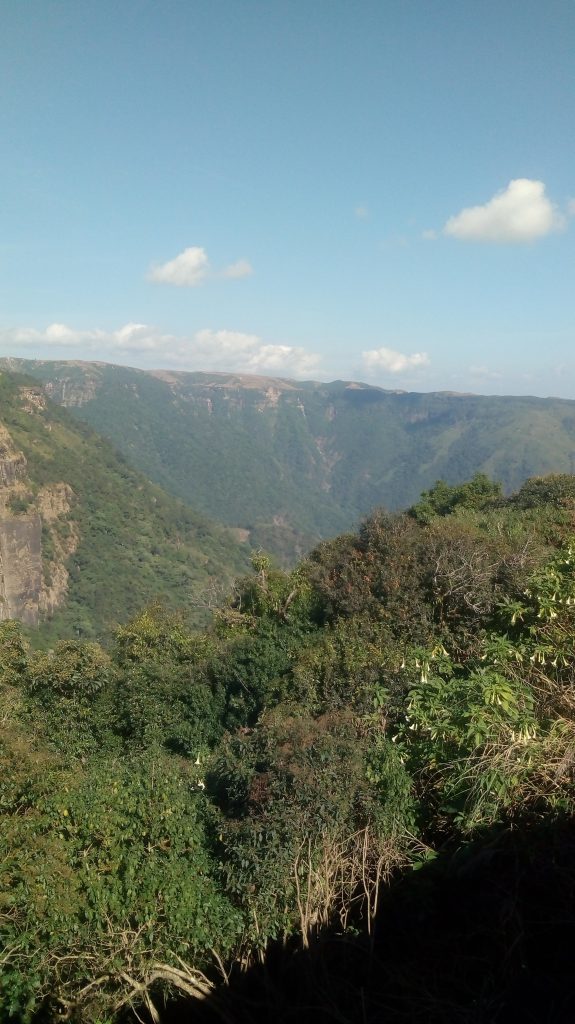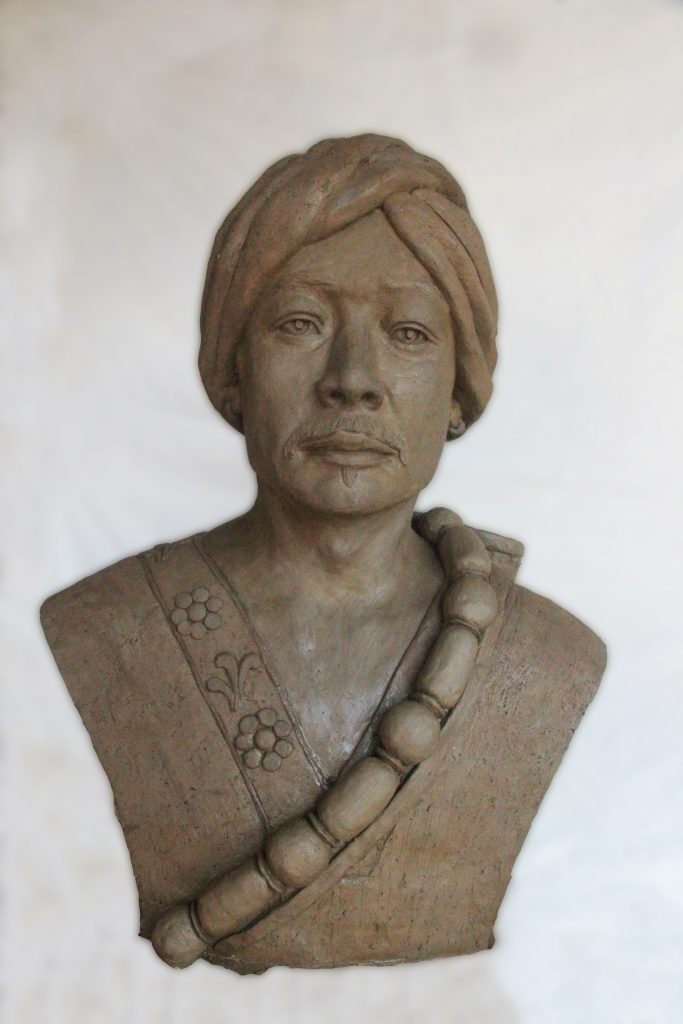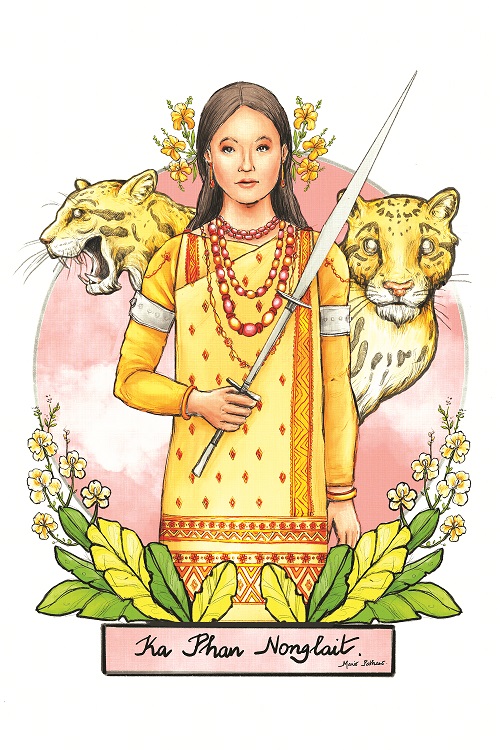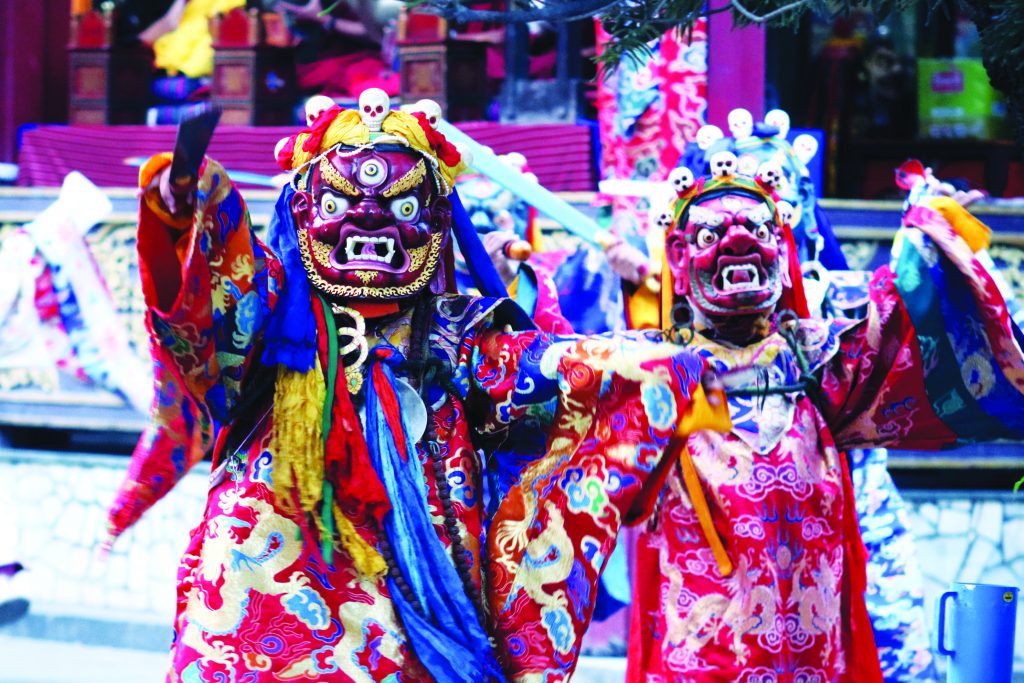
Life is a journey, and I have made most of my current one here amidst the vibrant fusion of landscapes and cultures that is South Africa. No one makes their journey alone, so many other travellers keep us company as we go – although not all of them do so in person. Sometimes they walk with us in the memories we have of them, sometimes in the stories we’ve heard of them, and sometimes in the words they wrote that whisper to us across time. I have walked the bustling streets of Gauteng, the sweet-scented bush paths of Mpumalanga, the sun kissed shorelines of KwaZulu Natal, and in the rhythmic wisdom of his poetry, Swami Vivekananda has come to walk with me.
THE ABSTRACT MADE CONCRETE THROUGH CONCEPTUAL METAPHOR
Life is an abstract concept, a collection of experiences that we package into memories. That small word, “life”, is too vast and personal a concept to adequately describe or accurately share with anyone. Yet we talk about it in concrete ways, using images others can picture in their minds, and experiences other people may have had or can imagine having. In cognitive linguistics – a field of linguistics that deals with the study of the relationship between language and the mind – we call the cognitive operation of understanding something relatively abstract, in terms of something more concrete, a conceptual metaphor.
The understanding of metaphors in cognitive linguistics differs from the definition of metaphors most of us encountered at school, in that for cognitive linguists, metaphors may be conceptual rather than literary in nature. That is to say that many of the metaphors we use every day are not purposefully created as literary devices or to enhance communication, rather, they arise naturally from the way we as humans perceive and understand the word. In English for example, when we think about life, we commonly conceptualise it as a journey. This is reflected in the way we speak about life, using terms such as: “life isn’t a destination, it’s a journey”, “I’ve come so far, but I’ve still got a long way to go”, “I feel like I’ve hit a dead end”, “I’ll cross that bridge when I come to it”. These expressions are such a natural part of language that they may not even appear to be metaphorical nature, yet they are all expressions of the conceptual metaphor which a cognitive linguists would present as: LIFE IS A JOURNEY.
WE MEAN MORE THAN WE SAY
The meaning of a conceptual metaphor is far deeper and more expansive than the meaning of the individual words that make up the metaphor. When we interact with a conceptual metaphor, a process of meaning construction occurs in which we unconsciously draw on our feelings, experiences and knowledge associated with something (for example a journey) and we transfer or project those feelings, experiences and knowledge onto something else (for example life). This means no one has to explain all the implications and subtleties of the conceptual metaphor to us, we have an automatic understanding, albeit a personalised one that will differ slightly from person to person. When someone says, “life isn’t a destination, it’s a journey”, it activates a vast network of background information on travelling and journeys, and without even having to think about it, we can make the link between what we know about a journey, and how those things apply to life.
We know for example that journeys, regardless of their type, purpose or destination, share several characteristics: they have a beginning and an end, but they vary in length and in the experiences they include. In the same way, life in terms of our physical existence has a finite span, but a human life can be anything from a few seconds to more than a hundred years, and no two people have the exact same experience of life.

FROM HIS MIND TO OUR HEARTS
Swami Vivekananda’s poetry is abundant in conceptual metaphors, and especially those describing life. He frequently speaks about life as a journey, both on land and as a sea voyage, but also describes it as a play, and speaks of it as a type of bondage that we ultimately seek to be freed from.
The way we travel and the entertainment we watch has of course changed significantly since Swami Vivekananda undertook his historical journey, over sea and land, to the World’s Parliament of Religions in Chicago, but the meaning of the metaphors he uses, and the essence of his words, are as pertinent and powerful now the modern world, and here in South Africa, as they would have been then and there. Consciously delving into the meaning of the conceptual metaphors in his poems, by drawing on our personal experiences and associations, gifts us with an opportunity to free ourselves from thinking of poetic analysis as right or wrong, objectively accurate or not. It allows the brilliance and wisdom of the words to percolate through our own experiences, and enrich us with a deeper, more profound understanding of ourselves.
While the scope of his work is too great to analyse fully here, in this article I take Swami Vivekananda’s poetry, look at three of the common conceptual metaphors he uses for life, and briefly share the vision of life I see through the lens of Swamij’s work.
LIFE IS A JOURNEY
The most common conceptual metaphor for life in Swami Vivekananda’s poems appears to be LIFE IS A JOURNEY. In To My Own Soul, he introspects how it seems to be an age since they “began our March up hill or down”, and in Hymn to Shiva, there is mention of, “where the existence ends”. Life in the physical sense is therefore not eternal, it begins at a point and ends at a point, between those two points there are a plethora of experiences. A journey is sometimes enjoyable as we go “Sailing smooth o’er Seas that are so rare”1 , but sometimes difficult, “a painful road and drear” with “stones that never give you rest”2, and life too is sometimes carefree and sometimes fraught with challenges. What’s more, when we travel we might sometimes travel alone, we might get lost along the way. “Like a child in the wildest forest lost” 3 we are confused and overwhelmed, sometimes we feel isolated, even from God.
Despite the possible hardships and the road not being a direct and predicable route, there is an element of planning involved, and each part of the journey depends on decisions we’ve made and which route we’ve chosen. In life then, the realities of this life are the manifestations of my previous actions, as we read in No One to Blame:
“Each day my life I make or mar,
Each deed begets its kind,
Good good, bad bad, the tide once set
No one can stop or stem;
No one but me to blame.”
Perhaps more pertinently, when metaphorically relating a journey to life, we know that no matter how arduous or adventurous the journey is, the process is a temporary one. A crossing from one place to another. It is a passage of transient experiences and possibly numerous stops, ending when the traveller returns home. Transposed onto life, this reminds us that we are journeying through this world, in these bodies, but this world is not our destination and is not our home. We see this reflected in My Play is Done, where the poet beseeches Maa Kali: “Open the gates of light, O Mother, to me Thy tired son .I long, oh, long to return home!”
LIFE IS A PLAY
We also see reference to the temporary and illusory nature of this physical existence in Swami Vivekananda’s descriptions of life as a play. Analysing the metaphor, LIFE IS A PLAY, we note that the theatrical world the player inhabits for the duration of the play, is not the real world. Rather, it is a false reality, set up for the audience to appear – for the purposes of the performance – as if it is real. An accomplished actor will interact with the make-believe world on the stage as if it were real. The audience in turn will suspend their disbelief and allow themselves to be absorbed by the action as if they were watching events happening in real life. How often have we watched a play or a TV show, and been so absorbed that we found ourselves angry at the villain, cheering for the hero, crying when an on-stage or on-screen character dies, or left feeling elated by a happy ending? The play however, has a defined start and it must have an end. In addition, it is not a random flow of action and dialogue, but something which is scripted.
In the poem, Thou Blessed Dream, Swami Vivekananda writes:
“A play — we each have part,
Each one to weep or laugh as may;
Each one his dress to don —
Its scenes, alternative shine and rain.”
Life, as a play then, is a temporary endeavour in which like actors we are acting out a part in a series of events, in an agreed upon version of reality, rather than an ultimate Divine reality. In My Play is Done, Swamiji reminds the reader several times, that life is temporary, as the scenes of a play are “fleeting” and “ephemeral”. We are therefore not destined to remain here in this physical incarnation, any more than an actor would make his home in a theatre. So he calls on the Mother: “Mother my play is done”.
LIFE IS BONDAGE
If life can be seen as a journey we undertake, or a play we act out a role in, then some of Swami Vivekananda’s poetry seems to suggest that this is a journey or a play that brings with it an element of bondage. We are captive in these bodies during our sojourn on this planet, and the homecoming he longs for in My Play is Done, is achieved only this bond of life is broken, and he is freed. In the poem he pleads with the Mother:
“My play is done; O Mother,
break my chains and make me free!”
The metaphor of life being bondage, and death then freedom from bondage, also appears in Requiescat in Pace! The title of the poem is Latin for “may he/she rest in peace”, a line often inscribed on tombstones or offered as a term of condolence on someone’s death. According to www.vivekananda.net, Swami Vivekananda wrote the poem for the mother of his disciple J. J. Goodwin, who had died:
“Thy bonds are broke, thy quest in bliss is found”.
In To My Own Soul, this bondage takes the form of “a lifelong yoke”, which the soul is obliged to carry while in this world. The word has several meanings but is commonly used to describe the wooden bar laid across the shoulders of animals such as oxen, to drive them in their duty and direct their movement. While the precise meaning may be not be clear, the association with lack of freedom, and with a burden, is evident. Freedom them, comes in the release of this bondage, which occurs when the soul is released from the body.
South Africa’s beloved Nelson Mandela wrote in his biography, The Long Walk to Freedom, “But I have discovered the secret that after climbing a great hill, one only finds that there are many more hills to climb”. While we are still here making this journey, we may have many hills still to climb before we can rest. While we are performing this play, we may have many more parts to play before our final curtain call. Some of us may feel a lightness in that, others burden and bondage. But however we travel through life, whichever part of the world we leave our footprints on, and whichever constellation of stars we are fall asleep under, while we can share the glow of poetry and stories, while we can reach out to each other with our hearts, minds and words, we are all walking home together.
1.Swami Vivekananda, ‘To my own soul’ in The Complete works of Swami Vivekananda, 9 vols (Calcutta: Advaita Ashrama, 1997) 8.159
- Swami Vivekananda, ‘The Quest for God’ in The Complete works of Swami Vivekananda, 9 vols (Calcutta: Advaita Ashrama, 1997) 8.159
3.Swami Vivekananda, ‘The Cup’ in The Complete works of Swami Vivekananda, 9 vols (Calcutta: Advaita Ashrama, 1997) 6.159Quest for God
Ms Jolene Raison a TESOL teacher, professional writer, poet and a children’s author. lives in Johannesburg, South Africa. Her MA in General Linguistics at Unisa, is with a focus on Cognitive Linguistics. She aims to promote poetry in schools in South Africa and beyond, and to instil knowledge, understanding and a love of poetry in young learners through ZAPP (The South African Poetry Project).![]()

